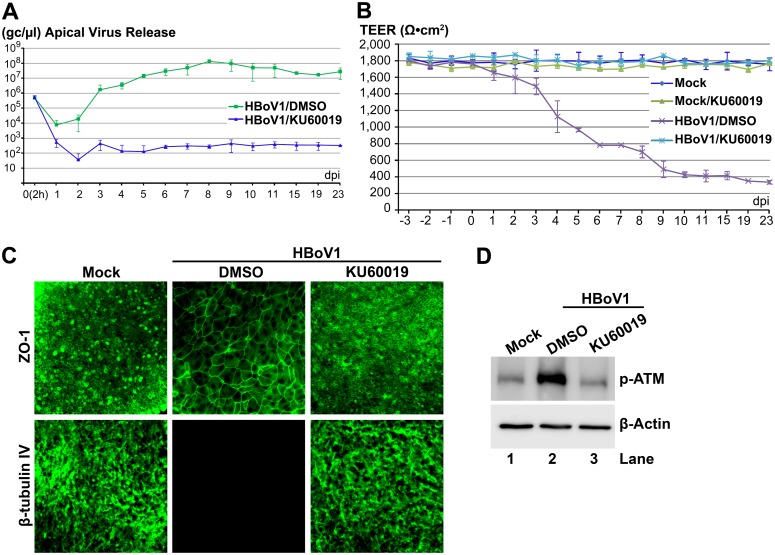Fig 3. An ATM-specific inhibitor decreases HBoV1 infection of HAE-ALI.
Two days prior to apical infection of HBoV1, HAE-ALI cultures were treated with KU60019 at a final concentration of 40 μM in the basolateral chamber, which was refreshed every three days along with the ALI medium in the basolateral chamber. (A) Quantification of apical virus release. At the indicated dpi, apical washes were collected and quantified for HBoV1 genome copy numbers (Y-axis), which are plotted to the dpi as shown. Averages and standard deviations (n = 3) are shown. (B) TEER measurement. At the indicated dpi, the TEER of drug-treated mock-/HBoV1-infected HAE-ALI cultures, as indicated, was measured. Means and standard deviations (n = 3) are shown. (C) IF analysis. At 23 dpi, the ALI membrane of the infected HAE-ALI cultures was stained with anti-β-tubulin IV or with anti-ZO-1, as indicated. The stained membranes were visualized for β-tubulin IV/ZO-1 (green) expression by confocal microscopy at a magnification of × 40. (D) Analysis of phosphorylated ATM. At 23 dpi, equivalent cells of the infected HAE-ALI cultures were analyzed by Western blot for expression of p-ATM and β-actin, respectively.

